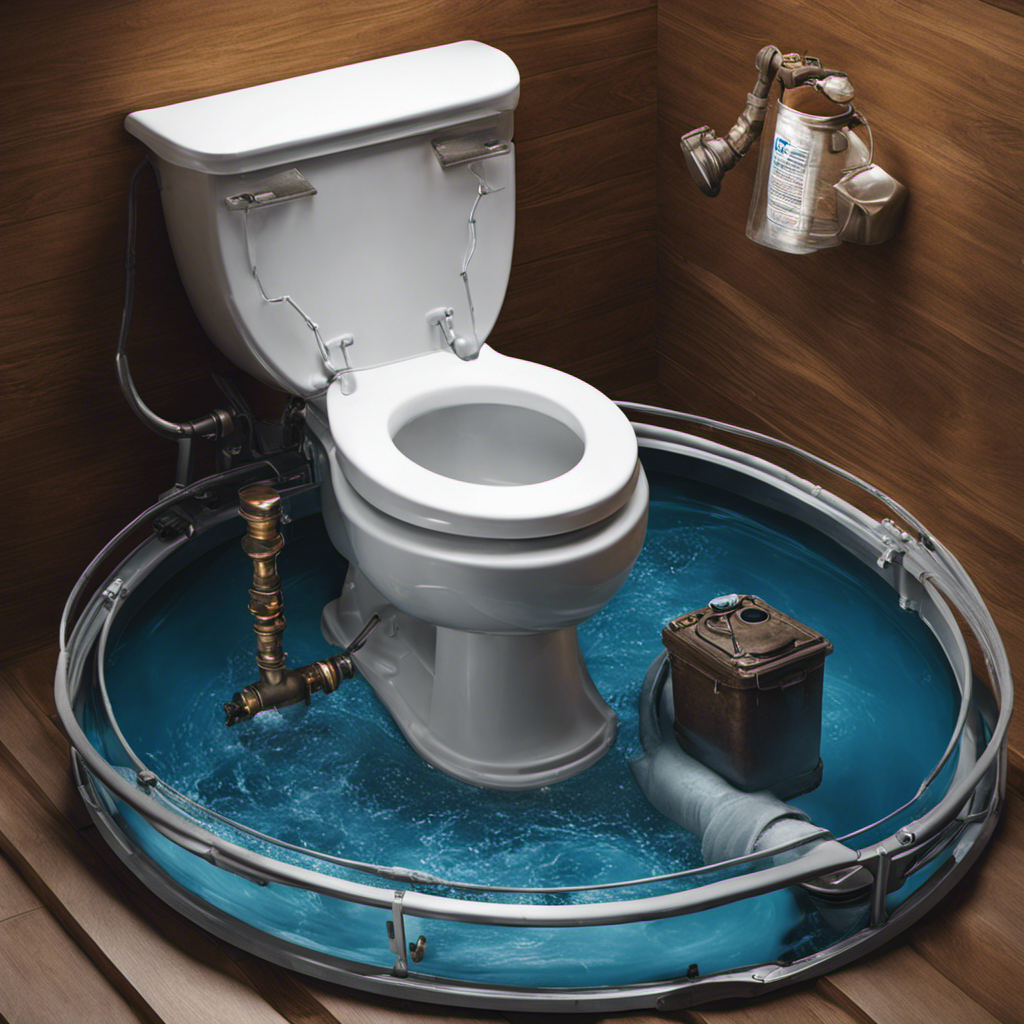Ever wondered how quickly hair can clog up your drain? Well, we’ve got the answers you seek.
In this article, we delve into the factors that contribute to drain clogs and the speed at which hair accumulates in drains. We also provide you with signs to look out for and preventive measures to avoid hair clogs altogether.
So, if you’re yearning for mastery over your plumbing, keep reading. We’ve got you covered.
Key Takeaways
- Factors that contribute to hair clogging drains include different hair types, frequency of hair shedding, hair care routine, and water hardness.
- On average, people shed 50-100 hairs per day, but hair shedding can vary depending on age, health, and hair length.
- Hair clumps together with substances like soap and grease, creating a mesh-like structure in the drain that traps more debris over time and forms a clog.
- Hair clogs can lead to water backup, decreased water pressure, pipe corrosion, costly plumbing repairs, and in severe cases, sewage backups.
Factors That Contribute to Drain Clogs
What are the factors that contribute to drain clogs?
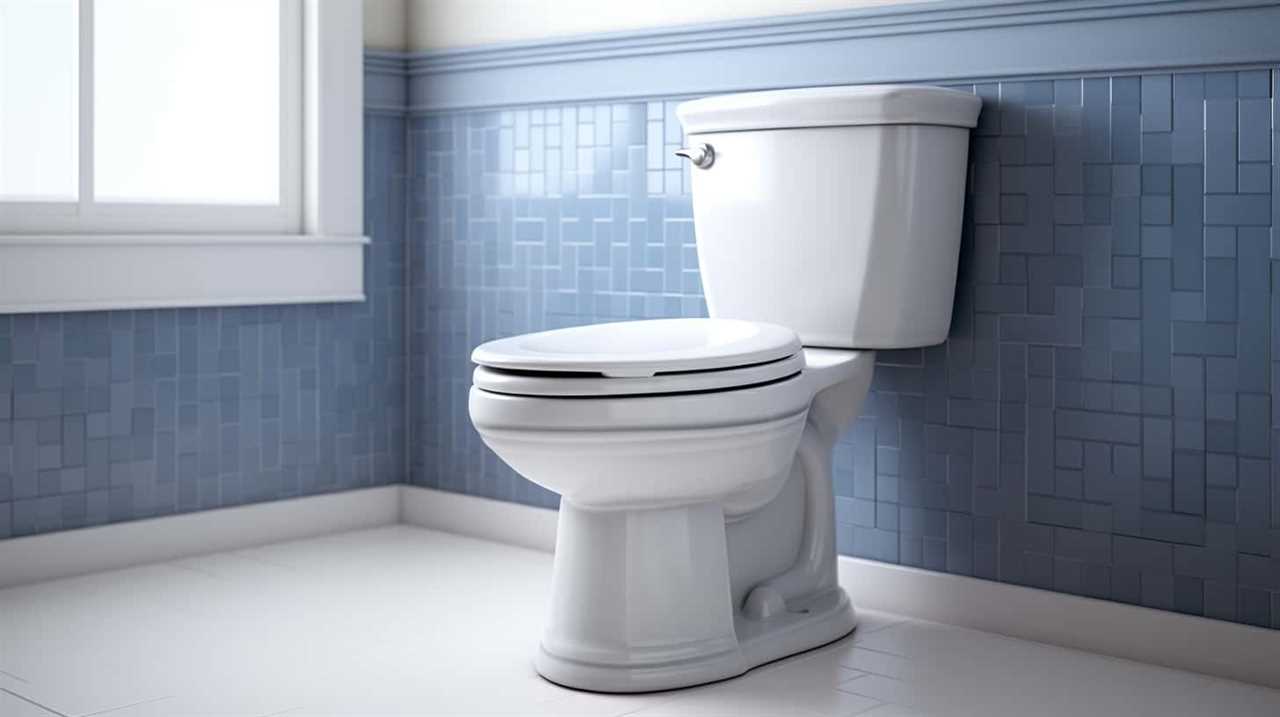
When it comes to the causes of drain clogs, there are several key factors to consider. One major factor is the type of hair that goes down the drain. Different hair types have varying levels of thickness and length, which can impact how easily they clog drains. For example, long and thick hair is more likely to get tangled and form clumps, leading to clogs.
Additionally, the frequency of hair washing and the amount of hair shed during each wash can also contribute to clogs. It’s important to note that other factors such as soap residue, grease, and foreign objects can also play a role in drain clogs.
However, the impact of hair type on drain clogs can’t be overlooked. Proper maintenance and regular cleaning can help prevent these clogs from occurring.
The Speed at Which Hair Accumulates in Drains
As we continue our exploration of factors contributing to drain clogs, let’s delve into the speed at which hair accumulates in drains. Understanding the rate of hair accumulation is crucial in preventing clogs and maintaining the efficiency of drain systems. Two key factors affect the speed at which hair accumulates: hair shedding patterns and the impact of water pressure.
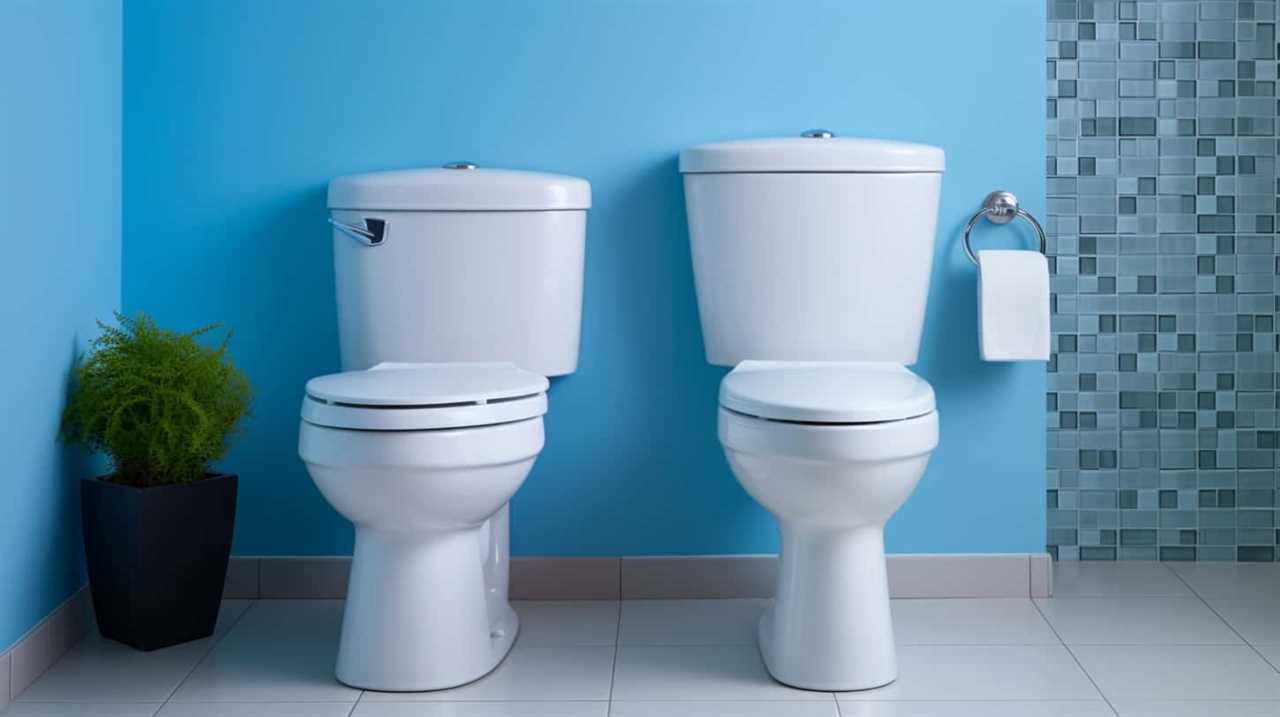
Hair shedding patterns vary from person to person, with some individuals shedding more hair than others. On average, humans shed between 50-100 hairs per day. These shed hairs can easily find their way into drains during showers or while brushing. The continuous shedding of hair, combined with the presence of other debris, can lead to clogs over time.
Water pressure also plays a significant role in hair accumulation. Higher water pressure can cause hair to accumulate faster in drains, as it creates stronger force and suction that pulls the hair towards the drain openings. Additionally, water pressure can break down hair strands, making them more likely to clump together and form clogs.
To better understand the impact of these factors, let’s take a look at the table below:
| Hair Shedding Patterns | Impact of Water Pressure | Speed of Hair Accumulation |
|---|---|---|
| High | High | Rapid |
| High | Low | Moderate |
| Low | High | Slow |
Signs That Your Drain May Be Clogged With Hair
Based on the speed at which hair accumulates in drains, we can now identify common signs that indicate your drain may be clogged with hair. One of the most obvious signs is slow drainage. If you notice that water is taking longer than usual to drain from your sink or shower, it could be a sign that hair has built up in your drain.

Another sign is a foul odor coming from your drain. When hair clogs the drain, it can trap bacteria and other organic matter, resulting in a unpleasant smell. Additionally, you may notice water pooling around your feet while showering or standing water in your sink. These are all potential signs of a hair clog in your drain.
If left untreated, hair clogs can cause serious damage to your plumbing system, leading to costly repairs. Transitioning into the next section, it’s important to take preventive measures to avoid hair clogs and maintain the health of your drains.
Preventive Measures to Avoid Hair Clogs
To prevent hair clogs in drains, we can take a proactive approach by regularly using a drain strainer and implementing proper hair care practices.
Hair shedding is a natural process that can’t be completely avoided, but we can minimize its impact on our drains by following a few simple steps.
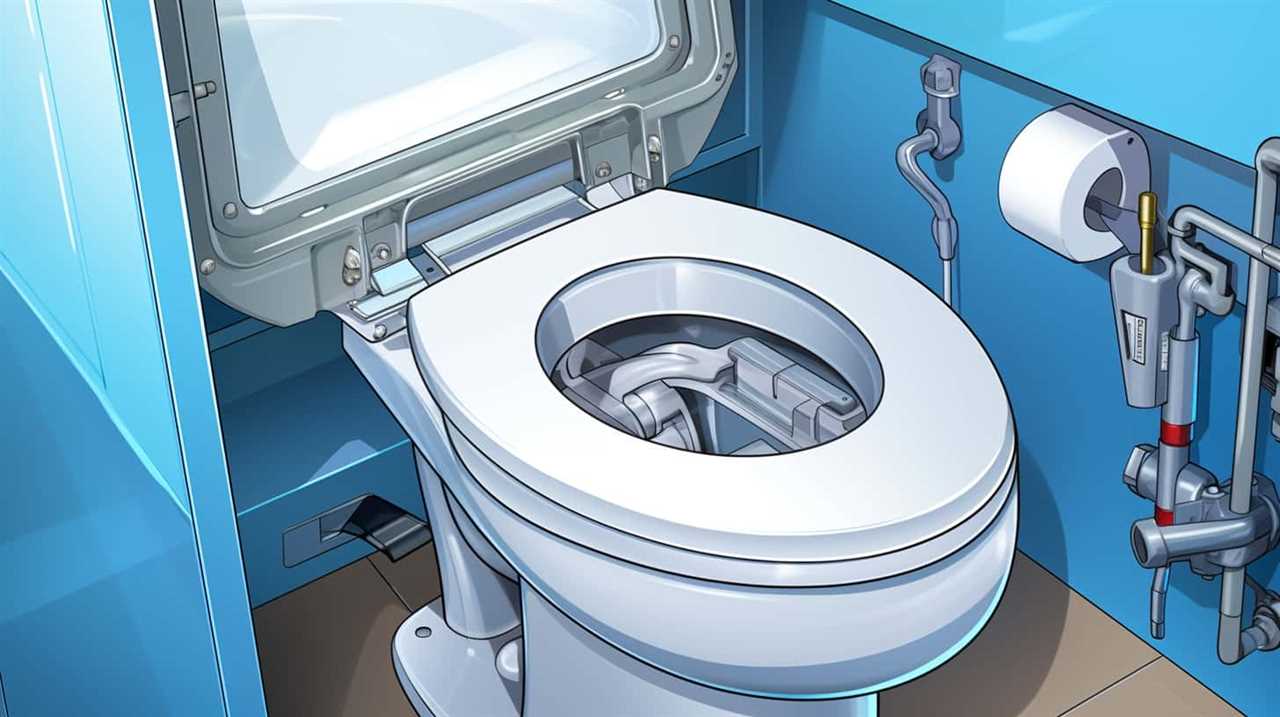
Firstly, using a drain strainer is crucial as it helps to catch loose hairs before they can enter the drain and cause blockages.
Secondly, it’s important to clean the drain strainer regularly to prevent hair buildup.
Additionally, proper hair care practices such as brushing or combing hair before showering can help to reduce the amount of hair that falls out and ends up in the drain.
How to Effectively Remove Hair Clogs From Drains
So, how can we effectively remove hair clogs from drains?
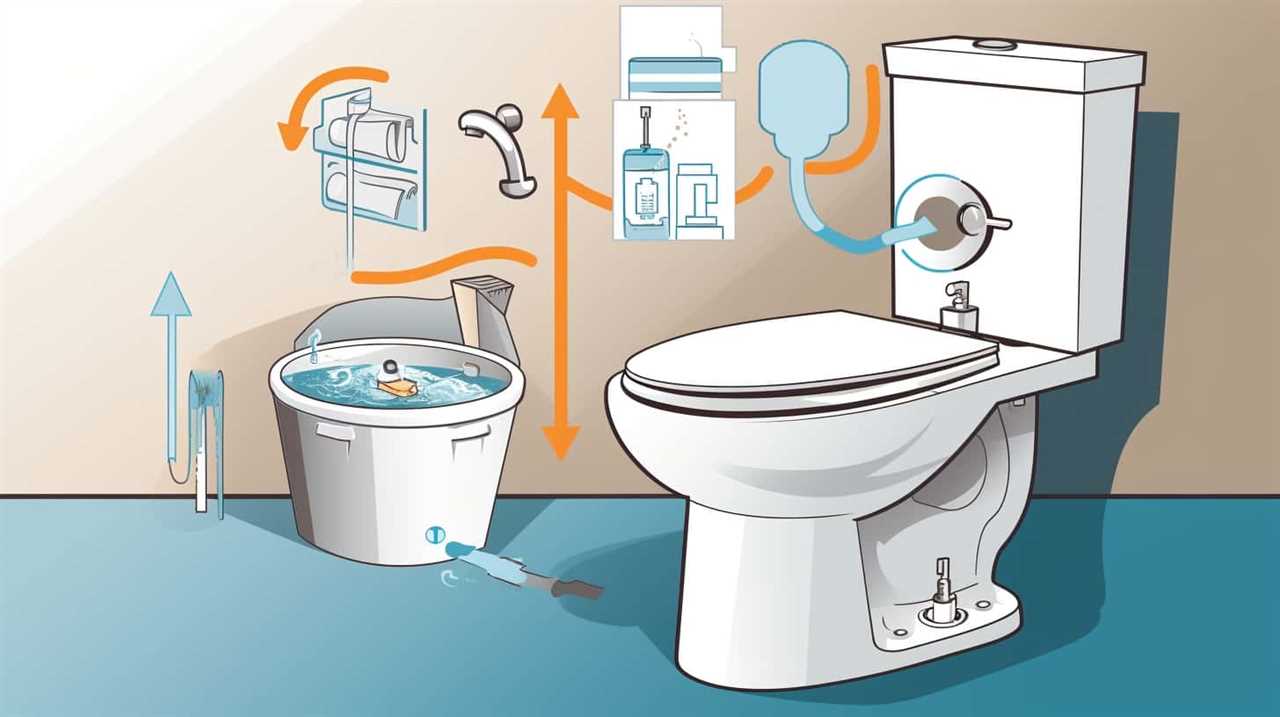
When faced with a hair clog, there are a few methods that can help restore the flow of water in your drain.
One easy and cost-effective method is using a drain snake or auger. This tool allows you to reach deep into the drain and physically pull out the hair clog.
Another option is to use a chemical drain cleaner specifically designed to dissolve hair. These cleaners contain enzymes that break down the hair, allowing it to be easily flushed away.
Additionally, regular maintenance can prevent hair clogs from forming in the first place. Using a drain strainer or hair catcher can effectively trap hair before it enters the drain.

Frequently Asked Questions
How Can I Tell if My Drain Is Clogged With Hair or Something Else?
We can tell if our drain is clogged with hair or something else by observing common signs of a clogged drain, such as slow drainage or water backing up. To prevent hair clogs, we should learn how to prevent them in the first place.
Are There Any Home Remedies to Remove Hair Clogs From Drains?
When it comes to unclogging drains, there are numerous home remedies to try before turning to professional drain cleaning services. From baking soda and vinegar to using a drain snake, these DIY methods can often do the trick.
Can Using Certain Hair Products Contribute to Drain Clogs?
Using certain hair product ingredients can contribute to drain clogs. To prevent this, consider alternative drain cleaning methods. Regular maintenance, such as using a drain strainer and periodically cleaning the drain, can help avoid clogs.
How Often Should I Clean My Drains to Prevent Hair Clogs?
To prevent hair clogs, it is essential to regularly clean drains. We recommend maintaining your drains by using drain maintenance tips, such as using drain covers and flushing with hot water. If clogs persist, it may be time to call in professional drain cleaning experts.

Can Hair Clogs Lead to More Serious Plumbing Issues if Left Untreated?
Hair clogs can lead to serious plumbing issues if left untreated. They can cause blockages and put pressure on pipes, potentially leading to leaks or burst pipes. Professional drain cleaning services are effective in preventing damage.
Conclusion
In conclusion, it’s important to be proactive in preventing hair clogs in drains. By regularly cleaning and maintaining your drains, you can avoid the unpleasant consequences of a clogged drain.
Remember, hair accumulation occurs gradually over time, so it’s crucial to take preventive measures and remove any hair clogs promptly.
By doing so, you can ensure a smooth and efficient drainage system, allowing the water to flow freely without any hiccups.




